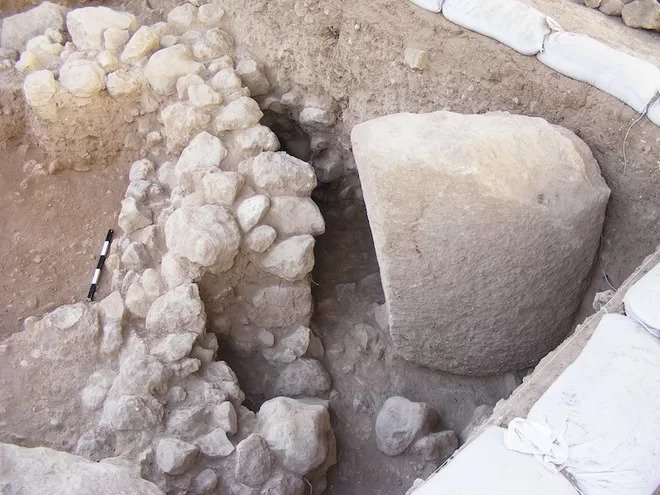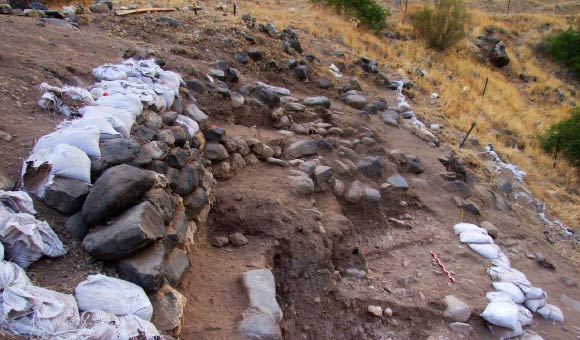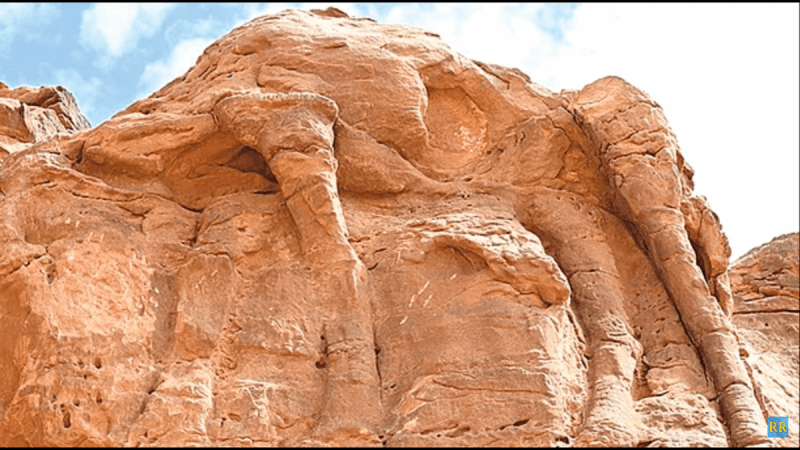Roadside dig Reveals 10,000 Year Old House In Israel
In Israel, archaeologists believe they’ve found a 10,000-year-old home, stone axes, a “cultic” temple, and a “cultic” temple.
Israel’s Antiquities Authority (IAA) claimed the finds give a “wide picture” of human evolution across thousands of years, from the period when humans first started building dwellings through the early days of urban planning.
Eshtaol, about 15 miles (25 kilometres) west of Jerusalem, was excavated in preparation for the expansion of an Israeli road.
The site’s earliest finding was a Neolithic structure from the 8th millennium B.C.
An ancient building has been unearthed for the first time in the Judean Shephelah, according to researchers from the Israel Antiquities Authority (IAA).
Read also: Archaeologists discover a 6th-century coin hoard in ancient Phanagoria
“The structure appears to have undergone several restorations,” the experts stated. “It’s a time when humans were just starting to settle down and not continuously migrate to feed themselves.”
An abandoned collection of flint and limestone axes was unearthed near this home.
This marks the beginning of man’s domestication of animals and plants, the archaeologists said in a statement. “Instead of hunting for wild sheep, the early man started raising them near the house,” they added.
More than 6,000-year-old remains were also discovered, according to the excavators.
A standing stone measuring 4 feet tall (1.3 metres) and smoothed on all six sides was constructed facing east at this building, which was created in the second half of the 5th millennium B.C., the experts believe.

As Amir Golani, one of the IAA’s excavation directors, remarked, “The huge excavation gives us a comprehensive view of the growth and development in civilization over time.”
“Eshtaol’s agricultural civilization transitioned to an urban one in the early Bronze Age,” Golani said.
In a statement, Golani said, “We can see a settlement that progressively became organised, which featured lanes and buildings that were quite spectacular in their size and structure.”
‘We can clearly trace the urban planning and see the hand of the settlement’s leadership that opted to limit building in congested areas in the core of the community and permitted less planning towards its outskirts,’ he explains.
Read also: 12,000-Year-Old Natufian Village Unearthed in Jordan Valley
Highway 38, which passes through Beit Shemesh, was being widened when the structures and relics were found.
Constructing in Israel is a common way of uncovering new archaeological sites. Examples include animal sculptures dating back 9,500 years, a phallus engraving from the Stone Age and a ceremonial structure from the First Temple period.
Source: foxnews




